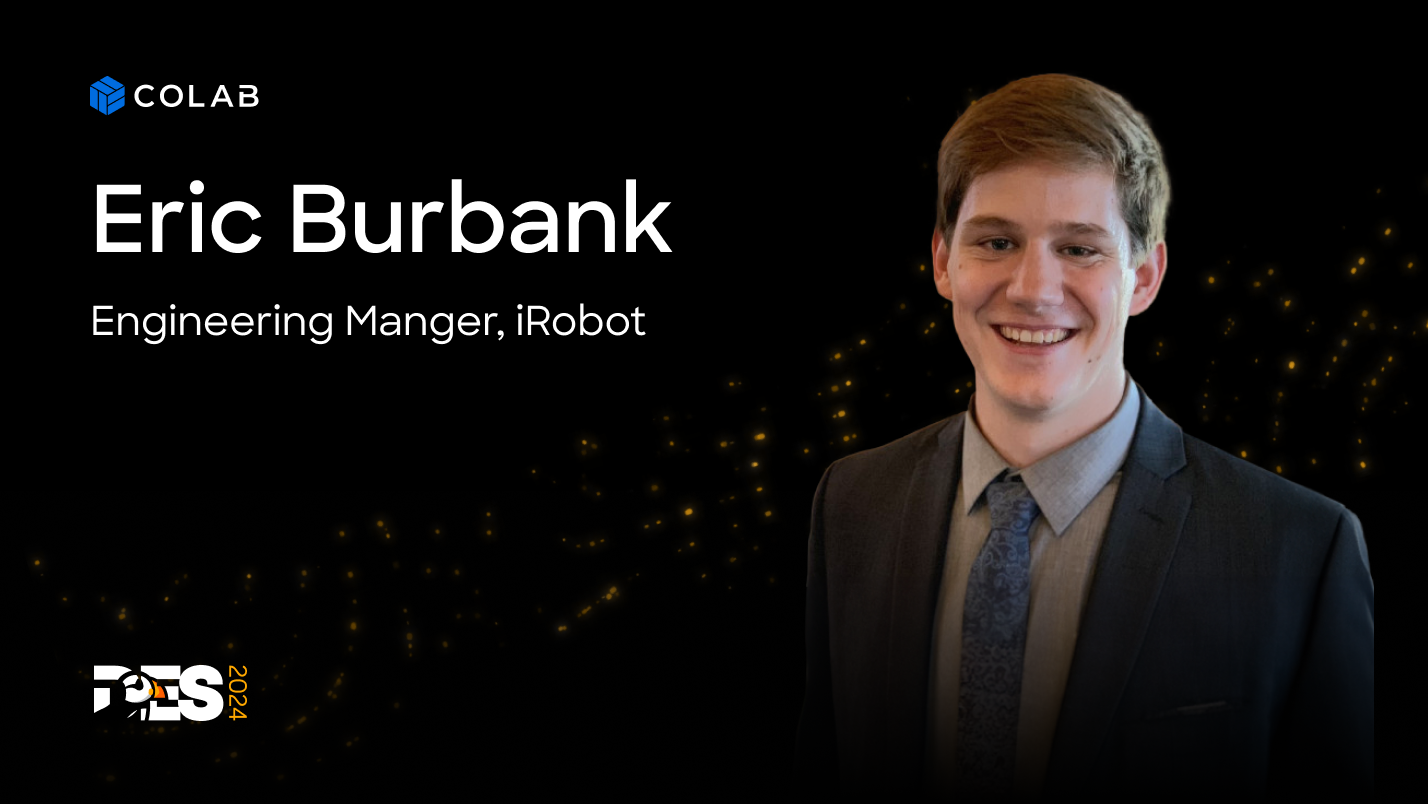Innovating during product development across complex organizations
In the fast-paced automotive industry, effective pre-development and product engineering are essential. Stephen Gibson shares how Autoneum handles product development within complex organizations and manages mass project execution during development and RFQ stages. Discover the practical strategies and tools that lead to outstanding product results and operational success.
Stephen Gibson is the Head of Product Development at Autoneum, where his leadership in acoustic and thermal management systems sets industry standards. With a focus on manufacturing process improvement and quality management, Stephen's strategic approach and dedication to continuous improvement drive progress and excellence in the automotive sector.

Key Insights
In the fast-paced and ever-evolving automotive industry, maintaining a competitive edge requires continuous innovation and seamless collaboration across complex organizational structures. Stephen Gibson, Head of Product Development at Autoneum, explores how effective pre-development and engineering strategies are essential to overcoming the inherent challenges in large-scale project execution. Drawing on his extensive experience, Stephen provides a detailed look at how Autoneum successfully manages product development amidst complex organizational dynamics, emphasizing the critical role of collaboration, leadership, and innovative thinking in driving operational success.
- Product Development and Innovation:
- Innovation in product development is crucial but often only seen as a pre-development phase rather than an ongoing process.
- True innovation involves collaboration across all functions, including suppliers, customers, and internal teams, ensuring a continuous flow of new ideas and solutions.
- The Importance of Failure in Innovation:
- Learning from failure is essential. Similar to how a child learns to walk by repeatedly trying and failing, organizations must embrace failure as a learning tool.
- Creating a culture that views mistakes as opportunities for learning rather than setbacks is vital for fostering innovation.
- Complex Organizational Structures:
- Organizations are often structured in silos, with various business units, functions, and regions operating independently.
- This leads to inefficiencies, repetitive work, and a lack of alignment across teams, which can hinder innovation and project execution.
- Leadership and Culture:
- Effective leadership involves creating an environment of emotional safety, nurturing alignment, and encouraging new approaches.
- Leaders should “lead from behind,” allowing teams to take ownership, make mistakes, and learn, which ultimately builds a more resilient and innovative organization.
- Collaboration and Technology Integration:
- Utilizing collaboration tools like CoLab can break down silos and improve communication, aligning teams and making complex project execution more efficient.
- Integrating technology into the product development process is not just about automation but about changing the way teams work together to drive innovation.
Tactical Tips
- Cultivate a Safe Learning Environment:
- Encourage teams to take risks and learn from their mistakes. Create a culture where it’s safe to fail, as long as lessons are learned and applied.
- Break Down Complexity into Manageable Parts:
- Divide complex challenges into smaller, more manageable tasks. This approach helps in tackling large projects systematically and avoids overwhelming teams.
- Foster Cross-Functional Collaboration:
- Involve all relevant functions, including suppliers and customers, in the innovation process to gather diverse perspectives and ideas.
- Utilize Collaboration Tools Effectively:
- Leverage tools like CoLab to streamline communication, reduce repetitive work, and ensure all teams are aligned on project goals and progress.
- Lead from Behind:
- Empower teams to take the lead on projects. Support them by providing resources, removing roadblocks, and stepping in only when necessary.
More of
Presentations
Sign up for Design Engagement Summit 2025
Join industry leaders and innovators for a day of creativity and collaboration. Don't miss out on this exclusive event!



.avif)



